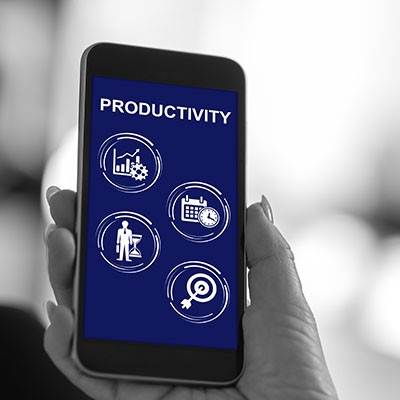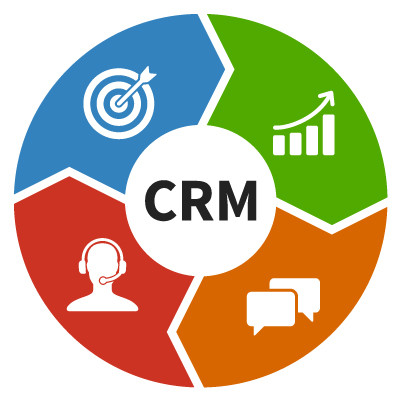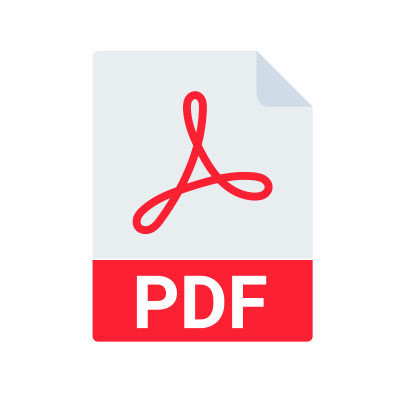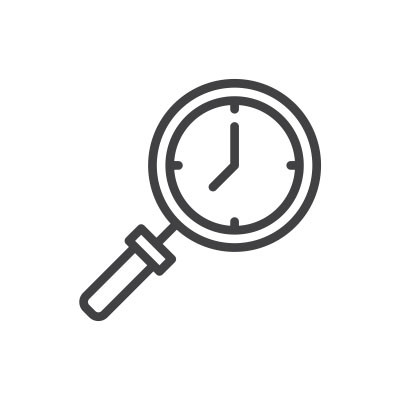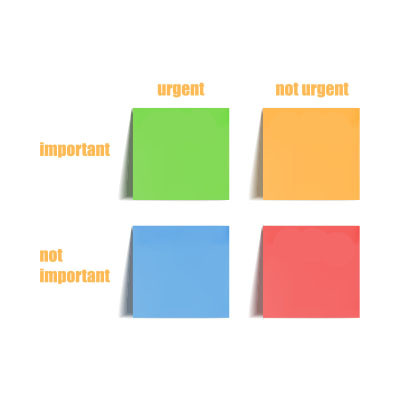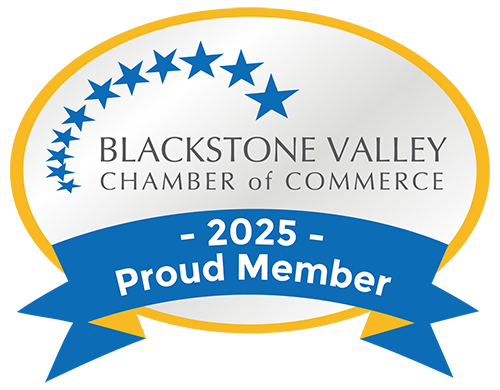JS Business Solutions Blog
Running a small business often inspires dreams of rapid expansion and immediate success. However, it’s crucial to balance ambition with realistic expectations to ensure sustainable growth. In today’s blog, we’ll discuss how entrepreneurs and managers can set achievable goals while maintaining business stability.
Technology has enabled us to achieve more than ever before, but with that progress comes higher expectations. Increased productivity demands can sometimes feel overwhelming, making it essential to find effective ways to manage tasks. There's a natural limit to how much we can do, however, and certain obstacles can push us to that limit more quickly. Today, we’ll explore two common productivity pitfalls that many face.
Sometimes the simplest tips are some of the most powerful, as seen in the case of the Undo button. If you make a mistake, most Windows programs (and many other visual-based programs) allow you to undo your previous actions. Today, we want to remind you of Undo and Redo, as well as three other well-known and effective keyboard shortcuts out there.
Your customers—both those you currently work with and those you have yet to onboard—are the key to unlocking your company’s potential. Therefore, it stands to reason that you’ll want a solution in place to help you manage the interactions you have with potential customers. This is what a customer relationship management tool, or CRM, is all about. With the right CRM, you can fully leverage your organization’s customer base to maximize profits and attract new leads.
Technology can bring many dynamic benefits to an organization, but it can also derail its successful trajectory. One of the significant considerations that must be made is whether the technology your organization is implementing fits your business needs. Today, we will describe how having a knowledgeable perspective can help you avoid making investments that may not produce the rapid returns that most small businesses require.
The idea of “finding time” for particular tasks has always been a bit of an odd saying. After all, there is a finite amount of time in any given day. No matter how hard you search, you’re not going to magically find more of it. What you can do for those tough-to-schedule projects and tasks, however, is make more time by freeing up time that is already in use.
Let’s go over some strategies you can use to make more time for the projects that matter most, whether they are for business or for life.
Sometimes it can be really handy to take a screenshot of something on your computer screen. Sure, there are tons of applications you can download and install that let you do this, but with the modern version of Windows 11, you don’t need any of that if you just need to take a quick screenshot and share it with someone or put it in a document. Let’s jump right into it!
It’s hard to believe that it’s already been a few years since circumstances… “encouraged”... so many businesses to suddenly adopt work from home policies. As these circumstances have gradually normalized, many businesses have elected to keep these policies in place, either maintaining fully remote operations or shifting to hybrid operations.
However, some notable businesses have taken efforts to roll back remote work capabilities, if not discontinuing them entirely.
Communication and collaboration tools are central to the success of any business—especially in today’s connected business landscape. More than anything else, you cannot let your collaboration tools put your company data at risk. We have some tips you can use to avoid some of the common challenges that businesses face with collaboration and data security.
One of the more challenging issues to deal with as a business owner is bridging the gap with your unhappy employees. While it’s certainly true that unhappy employees could be upset for any number of reasons, some of which are completely unrelated to work, there are others that you might have complete control over without necessarily realizing it. Let’s go over how you can help your employees be happier and more fulfilled during their time with your business and, thereby, more productive as a result.
Modern laptops are great, in principle. Not only do you have a ton of options to get a device that does everything you need, but you get the added benefit of having a portable workstation. That being said, working on a laptop all the time isn’t exactly the most comfortable way to get things done. Fortunately, most modern laptops can easily be used like a desktop PC with just a few components.
Businesses are always trying to get the tools they need to do things in the most efficient manner they can. They are under pressure to do so and therefore can have issues when they decide to implement technology that doesn’t necessarily help them meet their goals. In this week’s blog, we take a look at how having the right view of technology can set up some long-term success for your business.
The modern worker has a lot of challenges and one of them is a laundry list of tasks to accomplish. For this reason, it’s best to have a plan for tackling your to-do list. One of the most effective ways to prioritize tasks is through what is called the Eisenhower Matrix. Inspired by a speech given by the former President of the United States and the Supreme Commander of the Allied Expeditionary Force in World War II, the Eisenhower Matrix simplifies complex task lists to make getting through them more effective. Let’s take a look at how it works.
Projects are a big part of doing business. When we mention projects it’s typically in reference to IT projects, but for your average business, when they think of projects it means specific jobs coordinated for specific clients. In this environment it is essential to get the people on a project team on the same page and working towards a shared end. In this week's blog, we thought we’d discuss the importance of solid project management and how certain technologies can help project managers improve their turnaround times.
Oh, the afternoon meeting, the woe of many office workers around the world. Sometimes they are fine, but other times, it’s very clear that they are not always an effective use of your time. Despite this, there is still a heavy emphasis on meetings in the workplace, to the point where some employees feel that their time is being wasted and misused as a result—a premise that is supported by surveys and research.



